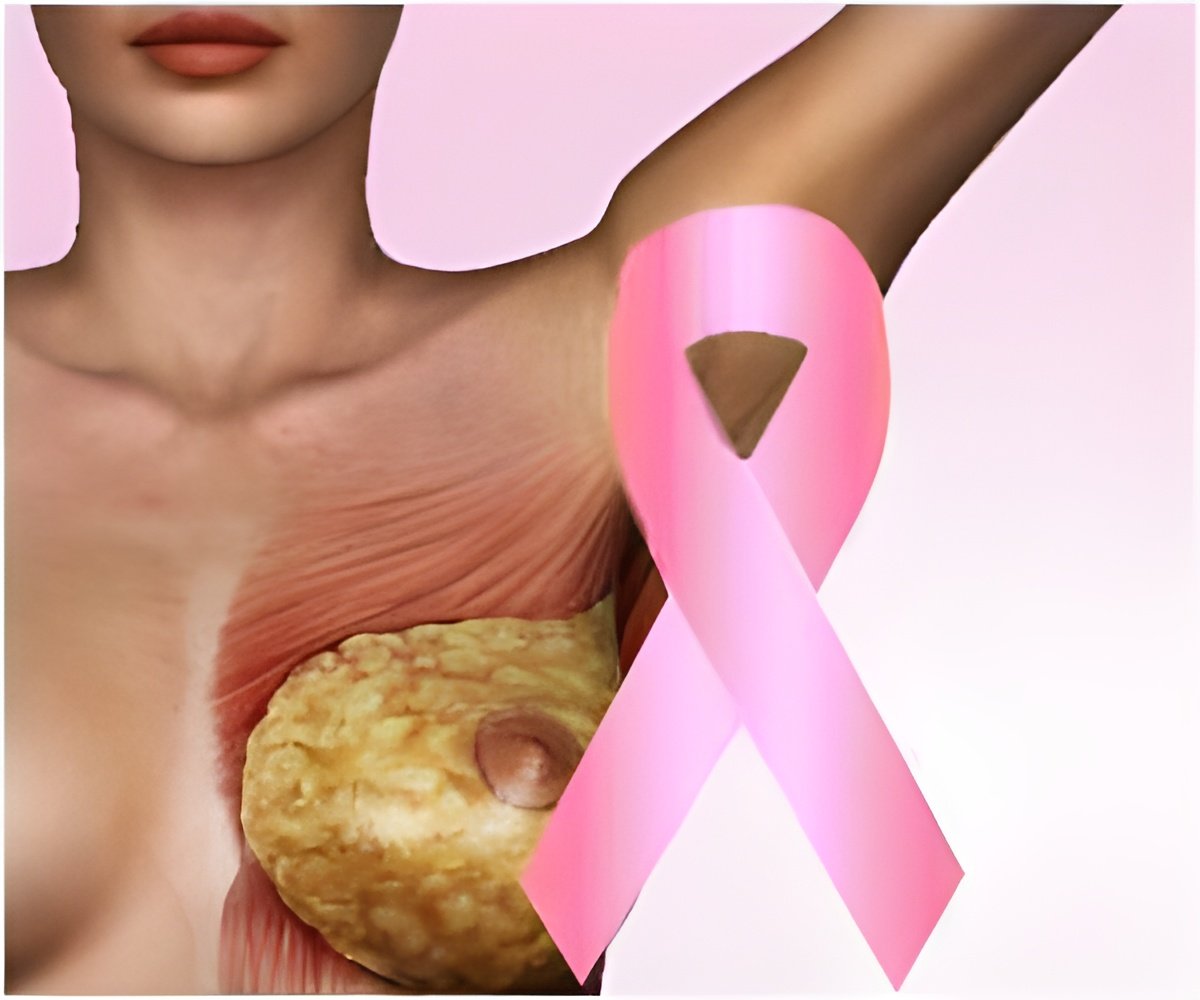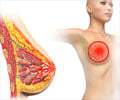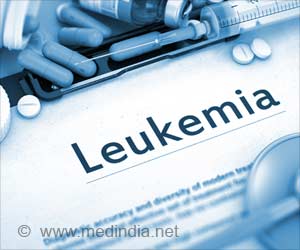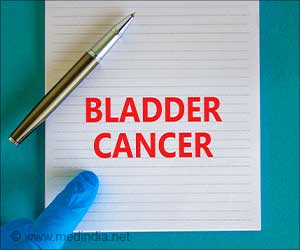A small but statistically significant increase in the incidence of advanced breast cancer for women 25 to 39 years of age is seen in an analysis of breast cancer trends in the U.S.

Rebecca H. Johnson, M.D., of Seattle Children's Hospital and University of Washington, Seattle, and colleagues conducted a study in which breast cancer incidence, incidence trends, and survival rates as a function of age and extent of disease at diagnosis were obtained from 3 U.S. National Cancer Institute Surveillance, Epidemiology, and End Results (SEER) registries. These registries provide data spanning 1973-2009, 1992-2009, and 2000-2009. SEER defines localized as disease confined to the breast, regional to contiguous and adjacent organ spread (e.g., lymph nodes, chest wall), and distant disease to remote metastases (bone, brain, lung, etc).
Since 1976, there has been a steady increase in the incidence of distant disease breast cancer in 25- to 39-year-old women, from 1.53 per 100,000 in 1976 to 2.90 per 100,000 in 2009. The researchers note that this is an absolute difference of 1.37 per 100,000, representing an average compounded increase of 2.07 percent per year over the 34-year interval, a relatively small increase, "but the trend shows no evidence for abatement and may indicate increasing epidemiologic and clinical significance."
"The trajectory of the incidence trend predicts that an increasing number of young women in the United States will present with metastatic breast cancer in an age group that already has the worst prognosis, no recommended routine screening practice, the least health insurance, and the most potential years of life," the authors write.
The researchers also found that the rate of increasing incidence of distant disease was inversely proportional to age at diagnosis. The greatest increase occurred in 25- to 34-year-old women. Progressively smaller increases occurred in older women by 5-year age intervals and no statistically significant incidence increase occurred in any group 55 years or older.
"For young women aged 25 to 39 years, the incidence of distant disease increased in all races/ethnicities assessed since at least 1992, when race/ethnicity became available in the SEER database," the authors write. These increases occurred in both metropolitan and nonmetropolitan areas, and were statistically significant in African American and non-Hispanic white populations.
"Whatever the causes—and likely there are more than 1—the evidence we observed for the increasing incidence of advanced breast cancer in young women will require corroboration and may be best confirmed by data from other countries. If verified, the increase is particularly concerning, because young age itself is an independent adverse prognostic factor for breast cancer, and the lowest 5-year breast cancer survival rates as a function of age have been reported for 20- to 34-year-old women. The most recent national 5-year survival for distant disease for 25- to 39-year-old women is only 31 percent according to SEER data, compared with a 5-year survival rate of 87 percent for women with locoregional breast cancer," the authors write.
 MEDINDIA
MEDINDIA




 Email
Email










